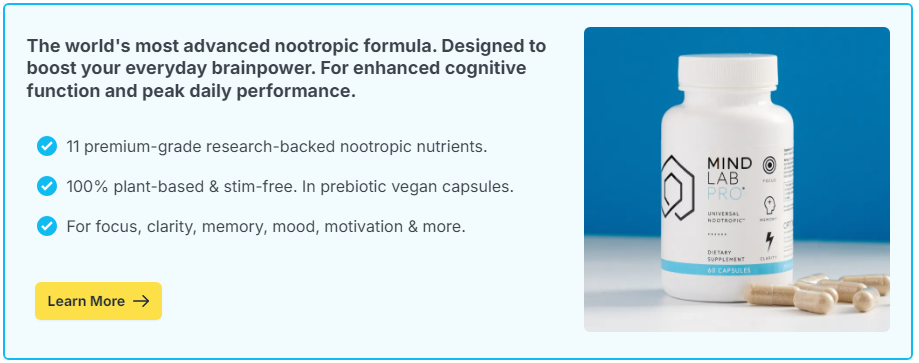
Yes – when it is deliberate and time-boxed. Short periods of relaxed mind-wandering help your brain connect ideas in the background, which can spark creative solutions. Used aimlessly, it becomes distraction; guided and bounded, it becomes a tool.
Contents
Why Mind-Wandering Helps Insight
Your brain has two broad modes: focused attention for analyzing details and a more relaxed default mode for exploring associations. Daydreaming tilts you toward the exploratory mode, where distant memories and half-formed ideas can combine into “aha” moments. The key is to move between modes on purpose rather than drifting all day.
What Effective Daydreaming Looks Like
Not all mind-wandering is useful. Productive daydreaming has a soft target and a clear stop time.
Set A Gentle Prompt
Before you shift gears, define a broad question: “What is another way to frame this proposal?” or “Which two features solve the same user pain?” This anchors your thoughts without forcing them.
Change Context
Walk, shower, stretch, or sit by a window. Light movement and new scenery reduce mental rigidity and invite looser associations.
Keep It Short
Five to 10 minutes is enough. Longer sessions risk sliding into rumination or procrastination.
When To Use Daydreaming In Your Workflow
Strategic timing turns mind-wandering into a repeatable problem-solving tool.
- After Information Intake: Read the brief, gather facts, then step away for a few minutes to let ideas combine.
- Mid-Block Stalls: If you are stuck, swap 5 minutes of scrolling for a short walk with a single prompt.
- Before Drafting: Daydream first to surface angles, then switch to a focused block to shape them.
Simple Routine To Try
Use this quick cycle to tap insights without losing the day.
- Prime (1–2 Minutes): Write your prompt on a sticky note. Silence alerts.
- Drift (5–8 Minutes): Walk or gaze outside. Let thoughts roam around the prompt. If worries intrude, acknowledge them and return to the question.
- Capture (2 Minutes): Stop and jot three ideas, metaphors, or next steps – no editing.
- Build (20–30 Minutes): Shift to focused work to test one idea. Repeat the cycle if needed.
Common Pitfalls And Fixes
These tweaks keep daydreaming from turning into avoidance.
- Vague Goals: Wandering without a prompt becomes noise. Always set a simple question first.
- No End Time: Use a timer. The constraint encourages your brain to surface ideas now.
- Rumination: If thoughts loop on worries, switch to light movement and a new environment, or do 60–120 seconds of slow breathing before restarting.
- Skipping Capture: Insights fade fast. Write down fragments immediately – even if they seem rough.
Who Benefits Most
Writers, developers, designers, and analysts who solve open-ended problems can gain quick wins from structured daydream breaks. People with high anxiety may prefer shorter, more guided prompts to avoid spirals.
Pairing With Other Brain-Friendly Habits
Mind-wandering works best alongside good sleep, morning light, and movement. A 10–20 minute walk earlier in the day often widens your attention window and makes later daydream cycles more productive.
Daydreaming can improve problem-solving when you guide it with a prompt, change context, and keep it brief. Prime the question, drift for a few minutes, capture the sparks, then return to focused work to develop them.

